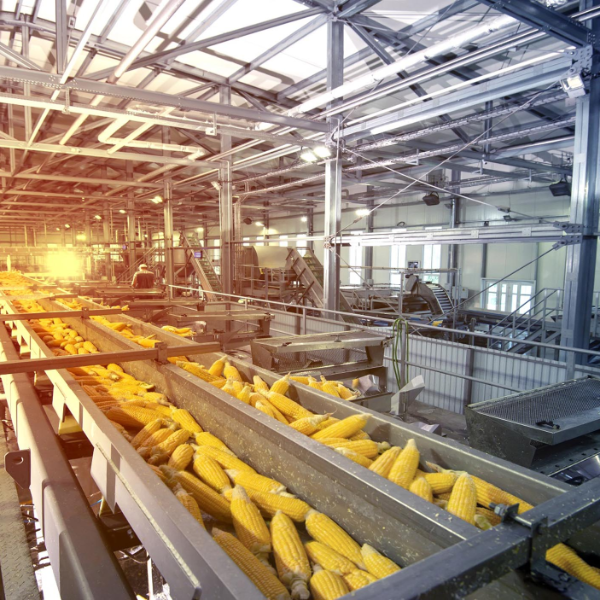Process Optimalization Greenyard Frozen

Process Optimalization Greenyard Frozen
Operational review and support at Greenyard Frozen UK Ltd.
Witteveen+Bos was chosen to review the design of the Greenyard Frozen UK Ltd. Plant in King’s Lynn and provide operational support after conducting a preliminary assessment. The plant was reviewed over four months ahead of the 2018 season. A safety review resulted in the replacement of unsafe gas pipes prior to the start of that year’s operations. Granular sludge was also purchased to reseed the anaerobic reactor. The plant helped Greenyard Frozen to meet its Renewables Obligation for 2020.
This Greenyard location processes seasonal vegetables including peas, beans, carrots, parsnips and sweetcorn – and also rice and potatoes – for eight to nine months a year. The waste water treatment plant was upgraded with biological treatment processes and began operating in 2016.
An anaerobic reactor produces biogas, which is used in a combined heat and power (CHP) engine to generate electricity and heat. An aerobic biological reactor removes nutrients and purifies waste water so that it can be discharged or upgraded for reuse. The treatment plant is designed to accommodate maximum seasonal pollution loads. It was not possible, however, to treat all the waste water during the first and second seasons, and all the biogas had to be flared.
Waste water characteristics vary during the season as a result of the vegetables being processed at that time. The pollution load and biogas production amounts are dependant on this. Fine-tuning operation to handle different loads is critical to good performance.
The nitrogen removal process also requires maximum removal at the start of the season. However, the review revealed a nitrogen shortage near the end of the season. A nutrient dosing system was added and is now used several weeks per year. A unique feature. The anaerobic process stabilised in 2018, fluffy sludge was converted into granular sludge and excess sludge was sold. Excessive use of chemicals was reduced and the sale of energy and granular sludge balanced the costs of modification and consultancy.
Lastly, a gas buffer and conditioning system were constructed in the first half of 2019 to stabilise the flow to the CHP engine and stop biogas flaring. More than 99 % of the biogas produced was utilised in 2020 and Renewables Obligation targets are now consistently met.
More information?

Our projects
Every year we work on almost 5,000 projects on water, infrastructure, environment and construction.
.jpg)